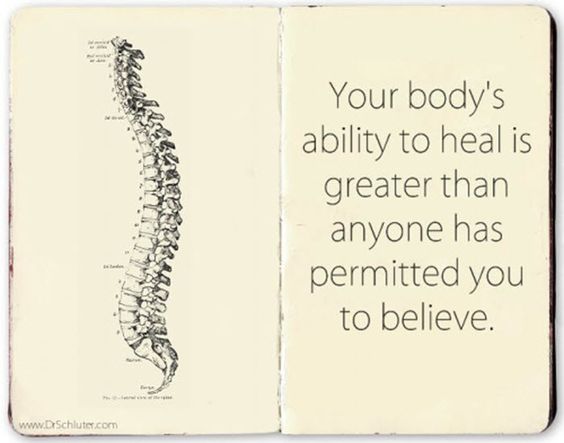
Osteopathy is a branch of Natural Medicine with a gentle manual approach to the health and wellness of the whole person. The aim is to bring vitality and well-being to the entire body, mind and spirit. Osteopathy was founded by a Medical Doctor in 1874. Dr. Andrew Taylor Still sought to restore health to his patients through the clearing or removal of ‘blockages to the free flowing rivers of life’. Namely, the blood, lymph, and cerebral spinal fluid (CSF), he knew to restore the flow, structural integrity is a must. Dr. Still saw how the natural world and the body mirrored each other, he believed and based his Osteopathic practice on the idea that the natural world is in continuous motion. Anything in the natural world that gets fixed or stagnant will become out of balance with its environment and lead to dysfunction and or disease. Osteopathy developed from Dr. Still and a few students to a worldwide Natural Medical Model practiced by Doctors of Osteopathy, and Doctors of Osteopathic Manual Practice. Osteopathy, and osteopathic practitioners create/cover a large umbrella of diagnosis and treatment techniques, primarily based on the use of the Doctor’s hands on skills.
Osteopaths are highly skilled and knowledgeable through their initial and continual training about the human body. Osteopathy includes the study of the muscular skeletal system, myofascial system, lymphatic system, nervous system, and internal organs. In depth learning of detailed anatomy and physiology on normal as well as pathological, or disease processes. Osteopaths are experts in palpation and mobilization of the human body, and the free flowing rivers of life contained therein. An Osteopath continues to learn, study and develop new ways to mobilize, or move the blockages that limit the body in its self-healing mechanisms.
The Osteopath knows and understands that structure and function are interrelated and interdependent. Both structure and function are treated simultaneously. Osteopathic philosophy stands firm in the belief that following the healing process will lead to healing, regardless of the issue.
Stabilization, detoxification, and fortification, this is the simple process of healing in Osteopathy. Lastly, and possibly most importantly Osteopaths know that emotional healing must accompany physical healing, The Spirit controls the Mind, the Mind controls the Body… for better or worse. Healing the Spirit, heals the mind, and brings the body back to balance, thus enabling the whole organism to fulfill its purpose, letting the light of the spirit shine through.
Osteopathy, as mentioned above, is a manual, or hands on approach. In this case, that means a very gentle method of palpation or touch is used to diagnose and treat the patient. Often times Osteopathic treatment will solve the issue in one or two visits. More chronic, long term, or traumatic lesions may take longer as the body will always do what we ask, until it can no longer. In other words, if an injury is not properly or fully healed before we demand its participation, the body will compensate as best it can, this compensation may and usually does lead to further dysfunction and structural issues. We are completely connected from head to toe and one part in dysfunction can and does affect another.
The gentle approach of manual therapy used by Doctors of Osteopathy, requires a stillness, and a connection to the patient. The Doctor must be quiet or still in themselves, the entire patient, body mind and spirit is respected and treated with care and compassion. Often in an Osteopathic treatment, the patient is unaware of the changes occurring from the very subtle touch of the Dr. Moving around the body, somehow seeming to find every tender spot and or injury one has forgotten all about, the Osteopath follows the body through an unwinding or liberating path, always using maximum precision and minimum force.
One may come in with a shoulder pain, and have the Dr. rub their belly and relieve the shoulder pain. Really? Yes, possibly. The Osteopathic approach is a whole system approach. The body is a unit and structure and function are interrelated and interdependent. Many organs refer pain to the musculoskeletal system, the nervous system controls everything, circulation of fluids keeps it all nourished and cleansed, and the myofascial system connects them all. The Dr. of Osteopathy considers all of this as they gently palpate and ‘listen’ to the body, mind, and spirit through their hands.
The Osteopathic approach is also one for wellness. Having a wellness check and assisting the body by staying in motion are great to prevent dysfunction and disease from getting an edge.
My personal and professional experience, I was trained as a Manual Physiotherapist over 20 years ago, much like Osteopaths, a Physiotherapist or Physical Therapist continues to learn and develop new techniques and approaches. As I continued to learn new approaches, those I found most effective came directly from Osteopathy. As I found this more and more interesting and effective, when the opportunity arose to learn more, and earn a PhD in Osteopathic Clinical Science, I jumped for joy at the chance!
Why did I choose to study Osteopathy? Because it works! Because there are not enough Osteopaths in practice, and because my dream is to develop workshops to share Osteopathic techniques for diagnosis and treatment specifically to Medical Doctors, and Doctors of Dentistry and Periodontology, and of course, any other Natural Medicine Docs, who would like to learn more.

